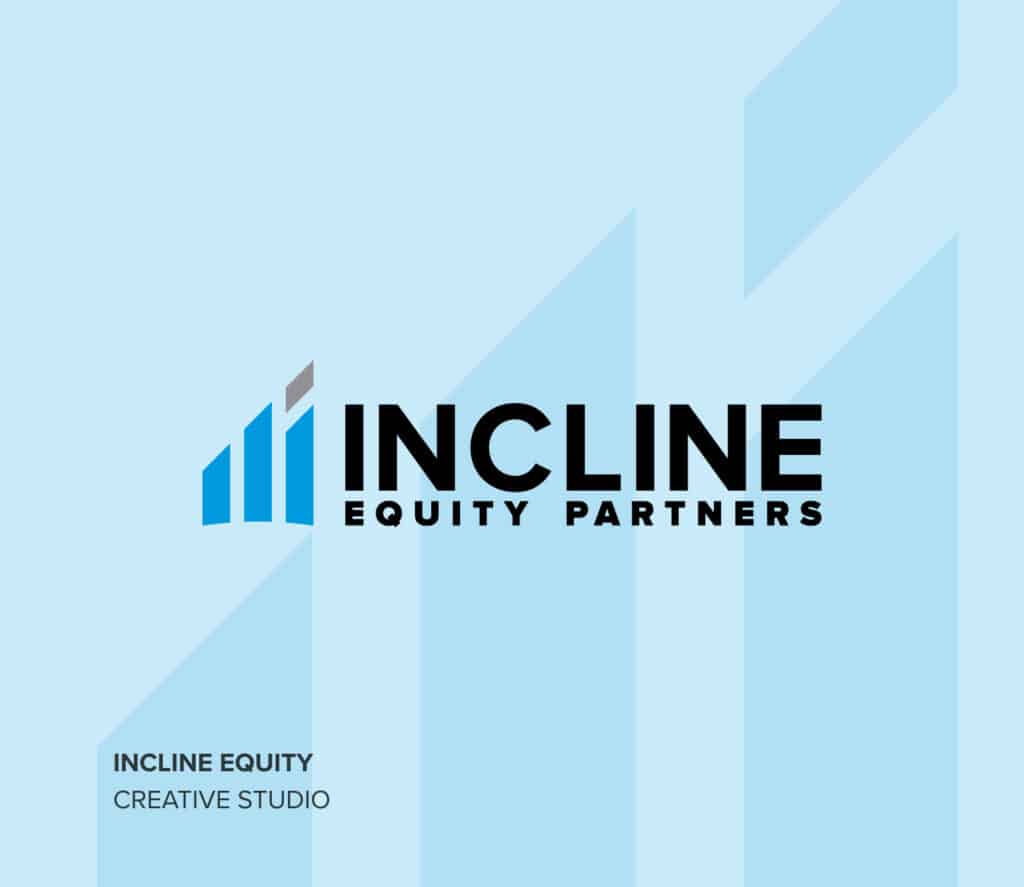Workplaces tend to think of employees with disabilities in terms of physical access such as wheelchair ramps and wheelchair accessible bathroom stalls; however, there are many barriers to workplace inclusion for people with disabilities that go unaddressed by most employers. I am hearing impaired with a Cochlear implant and have an artificial leg, but I don’t speak for all people with disabilities; I can only speak from my own experiences and observations.
For many people with mobility issues, workplace accessibility challenges begin before even arriving at the office. The commute to work is often the first big challenge of the day, especially for those who require public transport. The commute can be filled with physical and emotional hurdles that exhaust them before they’ve even reached their workplace. Even though I have an artificial leg, I have needed to use a wheelchair for various reasons; it’s infuriating and demoralizing to show up to an accessible subway station to discover the elevator is not working.
Disability activists have been asking for remote working accomodations for years and been given dozens of reasons for denial. The pandemic shift to remote work has been a relief to many employees with disabilities because it lowers this largely ignored barrier. Because of my hearing, I have always found in-person meetings in a conference room a bit stressful, making sure that I am situated where I can optimize my chance at hearing everyone in the room or on a polycom, especially when there is a lot of cross talk. Remote meetings have leveled the playing field; I can now hear everyone and people generally speak one at a time.
Finally, people with disabilities face many of the same barriers to hiring and inclusion that people in other underrepresented groups (e.g., BIPOC, women, LGBTQ+) face–from microaggressions to assumptions about knowledge, skills and abilities; further, many people with disabilities are also members of other minority groups, amplifying their challenges. My gait is something people notice pretty quickly, so I usually end up “coming out” with my disability in workplaces very quickly. I began at Vested in 2020 completely virtual, and realized that for the first time in my career, my coworkers were largely unaware of my artificial leg or my hearing impairment; it was the first time in my life that I was able to fully control the narrative around my disabilities.
The shift to remote work has made employers more sensitive about their employees’ needs in the workplace in general, so it’s the ideal time to rethink how we measure accessibility.
Below are some ideas for building on this change and continuing to make workplaces more inclusive and accessible:
- A great place to start is obviously to remove any physical barriers and to ensure flexibility around work location and hours.
- Make sure that your job postings and applications are accessible to candidates with visual impairments.
- Launch a disability employee resource group to provide an informal network and a forum for communication to leadership.
- Many disabilities are invisible, so it’s important not to make assumptions about the needs for assistive technology. Make a point of onboarding all employees by asking them about any accommodations or adaptive equipment they may need to perform their work (similar to the ways in which we’ve become more conscious about gender pronouns now).
- Educate your people team and other employees about unconscious biases as well as the challenges people with disabilities face in the workplace and in society.
- Increase the number of job candidates with disabilities by engaging with community groups that aid in training and hiring for people with disabilities.
Everybody wants to work in a place that’s fair and meritocratic, where they will be judged and advanced based on the merit of their work rather than facets of their identities. The people team at Vested has demonstrated sensitivity to accessibility from day one–and has actively engaged with me and other employees with disabilities in shaping policies and protocols to ensure that Vested is an inclusive workplace. Accessibility and sensitivity to differences in abilities is critical for people with disabilities, but I believe it benefits everyone by creating better workplaces and cultures.


